10 Innovative Uses for Clear Plastic Containers You Never Knew About
Clear plastic containers are more than just simple storage solutions; they have become essential tools in various domains, thanks to their versatility and practicality. According to a recent report by the Global Plastic Container Market, the demand for clear plastic containers is projected to grow at a CAGR of 4.1% from 2021 to 2026, driven by their lightweight nature and aesthetic appeal.

In households, these containers are often utilized for organization, while in commercial settings, they play a crucial role in food packaging and logistics. Beyond conventional uses, innovative applications are emerging, showcasing their adaptability. From creative DIY projects to eco-friendly solutions, clear plastic containers offer limitless potential that aligns well with contemporary sustainability trends. This article explores ten innovative ways to repurpose clear plastic containers, transforming everyday items into extraordinary solutions that enhance efficiency and creativity in our lives.
Creative Organizing Solutions: Transforming Clear Plastic Containers into Stylish Storage
Clear plastic containers are often overlooked when it comes to stylish storage solutions, yet their versatility can be a game-changer for organizing any space. These containers can be transformed into visually appealing organizers that not only keep clutter at bay but also add a modern touch to your décor. One innovative approach is to use them in the bathroom; by repurposing clear bins to store toiletries, you can create an organized system that allows for easy access while maintaining a sleek appearance. Labeling each container can further enhance the aesthetic while ensuring that everything has its designated spot.
Another creative use is incorporating clear plastic containers into your kitchen. Stackable options are perfect for storing grains, pasta, and snacks, keeping everything visible and within reach. By grouping similar items together and using decorative labels, you can turn your pantry into an orderly display rather than a chaotic mix. Moreover, adding stylish lids or incorporating these containers into a shelf arrangement can elevate the overall look, blending functionality with design. This approach not only optimizes space but also encourages an enjoyable cooking experience by creating an organized foundation.
10 Innovative Uses for Clear Plastic Containers
DIY Gardening Hacks: Using Clear Plastic Containers for Indoor Herb Gardens
Indoor gardening has gained immense popularity, particularly among urban dwellers seeking to cultivate fresh herbs at home. According to a report by the National Gardening Association, over 35% of American households engage in some form of gardening, with many opting for container gardening due to its convenience and versatility. Clear plastic containers, often discarded after use, can be transformed into effective and visually appealing pots for indoor herb gardens.
By utilizing clear plastic containers, gardeners can monitor the root system's growth, ensuring optimal health for their plants. For example, a study by the American Horticultural Society highlights that herbs like basil and mint thrive in containers that provide adequate drainage and allow for soil moisture visibility. Simply cut the containers in half, poke drainage holes at the bottom, and fill them with quality potting mix. Not only are these DIY gardening hacks budget-friendly, but they also promote sustainability by repurposing materials that would otherwise contribute to landfill waste.
With proper care, these handmade pots can produce a steady supply of herbs, bringing fresh flavors to your cooking while enhancing indoor air quality.
Clever Crafting: Upcycling Clear Plastic Containers into Unique Art Projects
Clear plastic containers, often dismissed as mere storage items, can be transformed into stunning art projects with just a dash of creativity. One innovative way to upcycle these containers is by cutting them into intricate shapes to create beautiful wall hangings. By combining multiple pieces and painting them in vibrant colors, you can craft an eye-catching piece that showcases both your artistic flair and commitment to sustainability. These wall hangings can serve as conversation starters or unique decor items for any space.
Another imaginative use for clear plastic containers is turning them into mini terrariums. By filling them with soil, small plants, and decorative stones, you can create a charming indoor garden that thrives in your home. The transparency of the containers allows for a 360-degree view of your miniature ecosystem, making it an engaging project for both adults and children. Personalizing these terrariums with figures or themed decorations can elevate them into artistic display pieces, marrying nature with creative expression.
Innovative Kitchen Uses: Maximizing Space with Clear Plastic Containers for Food Storage
Transforming your kitchen with clear plastic containers can dramatically enhance organization and space efficiency. These containers are not just practical for storage; they can also stylishly showcase your ingredients. Using uniform containers allows you to categorize items like grains, snacks, and spices, making them easily accessible while maintaining a visually pleasing aesthetic. Labeling each container helps streamline meal prep and grocery shopping, as you’ll always know what you have on hand.
Moreover, clear plastic containers can be repurposed beyond traditional storage roles. Utilize them for portion control by pre-measuring servings of pasta or rice, ensuring that you cook the right amount each time. They can also serve as snack stations to keep healthy options visible, encouraging better eating habits. When working with leftovers, opt for stackable containers to maximize fridge space, making meal storage both functional and tidy. The versatility of these containers transforms not just your storage capabilities, but also your entire cooking and dining experience.
10 Innovative Uses for Clear Plastic Containers You Never Knew About
| Use Case | Description | Benefits | Example |
|---|---|---|---|
| Food Storage | Store leftovers or meal preps in clear containers. | Easy to see contents, reduces waste. | Using for soups, salads, or casseroles. |
| Snack Packs | Create customizable snack packs for on-the-go. | Promotes healthy eating and portion control. | Nuts, dried fruits, and granola. |
| Herb Garden | Use containers to grow fresh herbs indoors. | Saves space and provides fresh ingredients. | Basil, parsley, or cilantro. |
| Craft Organizer | Store crafting materials in clear containers. | Keeps items visible and organized. | Beads, threads, and papers. |
| Plastic Bin for Stationery | Keep office supplies tidy in containers. | Increases productivity and reduces clutter. | Pens, papers, and sticky notes. |
| Nail Polish Organizer | Sort and store nail polish bottles in containers. | Prevents spills and keeps them displayed. | Various colors for nail care. |
| Food Prep | Prepare ingredients ahead of cooking. | Saves time and maintains freshness. | Chopped vegetables or marinated meats. |
| Pet Food Storage | Store pet food in airtight containers. | Keeps food fresh and prevents pests. | Dry kibble for dogs or cats. |
| Baking Supplies | Organize baking ingredients in containers. | Quick access and easy to measure. | Flour, sugar, and baking soda. |
Educational Tools: How to Create Interactive Learning Aids with Clear Plastic Containers
Clear plastic containers, often overlooked, can serve as excellent tools for educational purposes. With the rise of interactive learning, educators are increasingly incorporating innovative materials into their teaching methods. Clear plastic containers can be transformed into hands-on learning aids, enhancing student engagement and understanding. According to a report by Research and Markets, interactive learning tools can improve information retention by up to 60%, making these containers an invaluable asset in the classroom.
One creative use for clear plastic containers is creating sensory bins. Fill them with various materials such as rice, beans, or water beads, and incorporate themed items to teach concepts like counting, sorting, or even science experiments. This tactile approach caters to multiple learning styles, particularly kinesthetic learners, who benefit from physical interaction with their learning materials.
**Tip:** When setting up sensory bins, consider the age group of your students; smaller containers can be used for younger children for safety, while larger bins can allow for more complexity in activities for older students. Additionally, you can use clear containers to display sequential learning modules. For example, stacking containers with different stages of a plant’s growth can visually demonstrate the life cycle, making complex processes easier to understand.
Related Posts
-

Ultimate Guide to Choosing the Best Clear Plastic Boxes for Every Storage Need
-
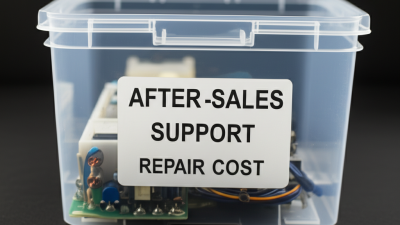
How to Maximize After-Sales Support and Minimize Repair Costs with the Best Clear Boxes
-
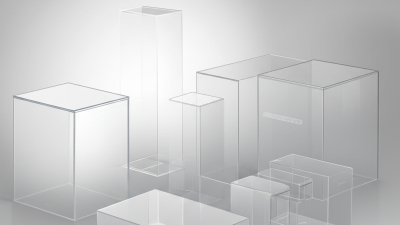
Premium Quality Clear Boxes Crafted in China for Global Export
-
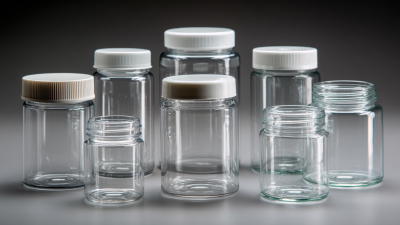
Global Excellence in Manufacturing Small Plastic Containers A Testament to Chinese Pride and Worldwide Reach
-
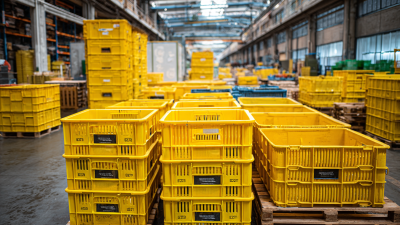
Top Strategies for Maximizing Efficiency in Plastic Container Production
-
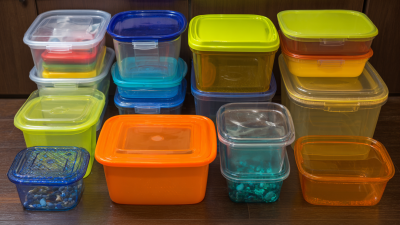
How to Choose the Best Plastic Container for Your Storage Needs
